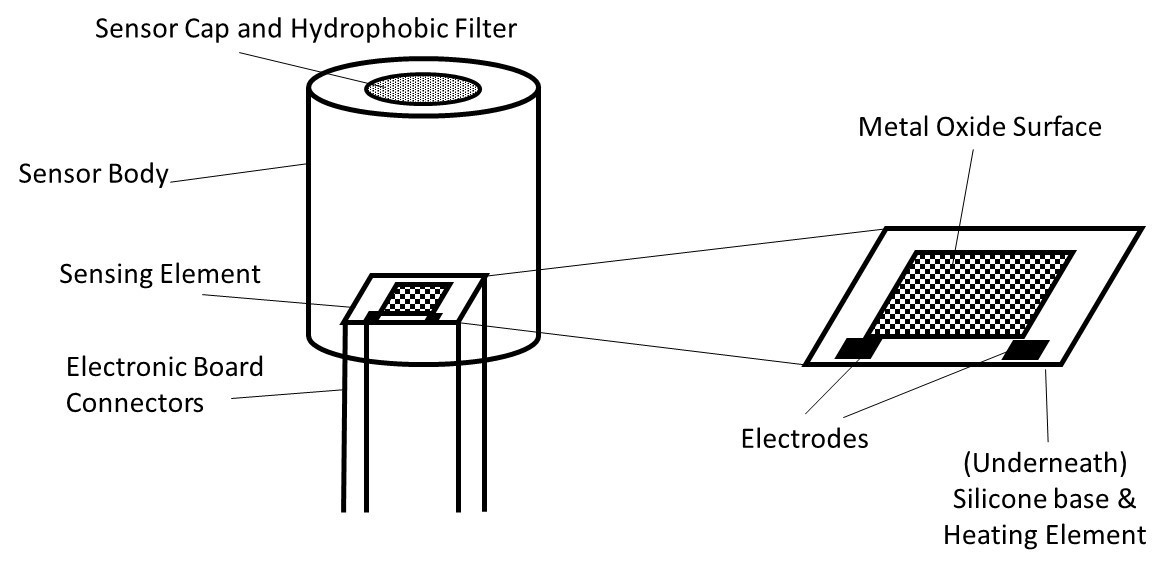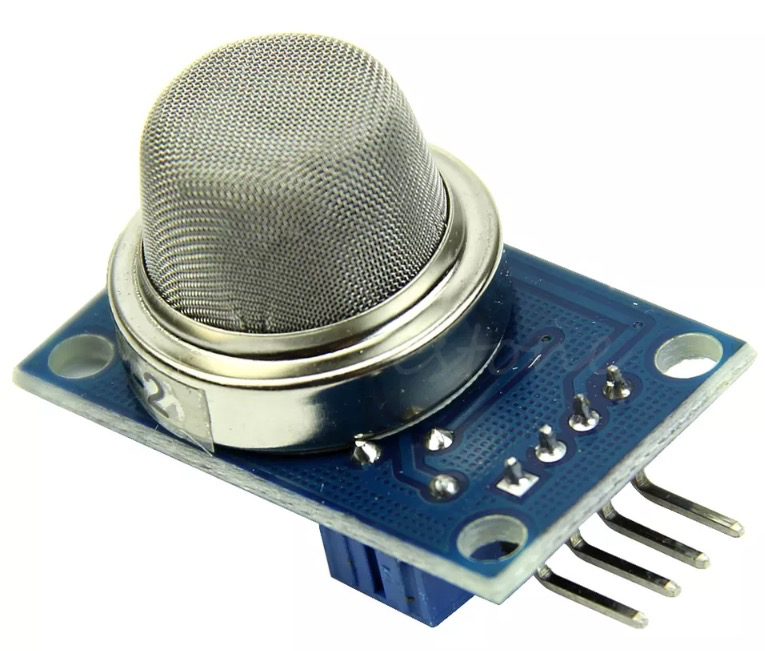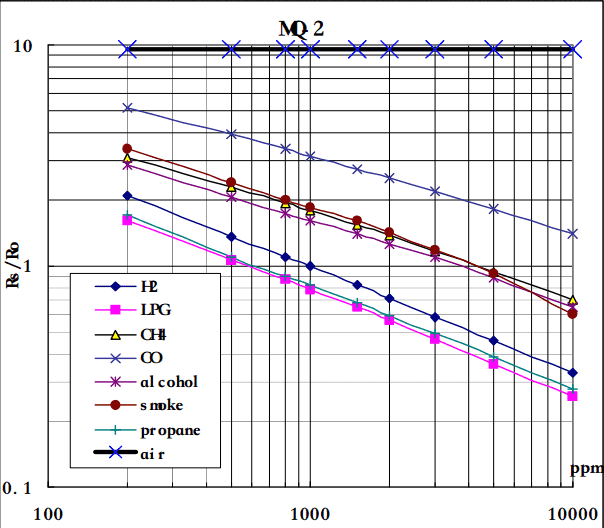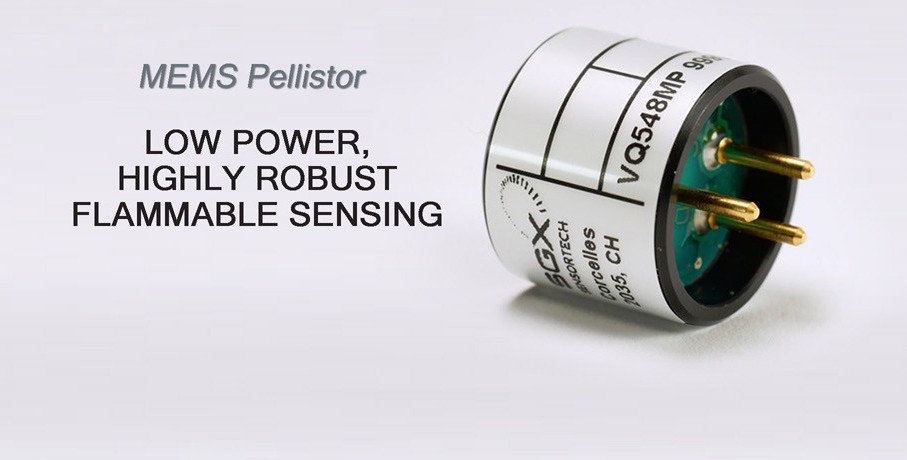Introduction :
Detection of gas leaks is critical to ensuring the safety of human life and equipment investments at large industrial and public sites.
Gas leaks can be discovered by stationary gas sensors; however, manual inspection is much more effective. Trained staff members can inspect and scan gas equipment and pipes with a gas sensor.
Most of the accidents that occur in an oil and chemical industries are due to gas leaks which leads to a huge loss of human life and investment.
The gas leak detector basically detects whether there is any considerable amount of toxic or flammable gases such as Methane, Butane, Carbon-monoxide and LPG present in the air.
Gas Sensor Working :
When a gas interacts with this sensor, it is first ionized into its constituents and is then adsorbed by the sensing element. This adsorption creates a potential difference on the element which is conveyed to the processor unit through output pins in form of current.
The gas sensor module consists of a steel exoskeleton under which a sensing element is housed. This sensing element is subjected to current through connecting leads. This current is known as heating current through it, the gases coming close to the sensing element get ionized and are absorbed by the sensing element. This changes the resistance of the sensing element which alters the value of the current going out of it.

MQ2 Gas Sensor :
I am using a MEMS based MQ2 gas sensor which is sensitive to Carbon Monoxide, LPG, Butane, Methane & Smoke. The sensor is connected to Raspberry Pi using i2C connection.

Datasheet :
The graph shows the sensitivity characteristics of MQ2 for several gases

MEMS Pellistor Gas Sensors :
The MPEL is an industrial-suited MEMS (Micro Electro Mechanical System) pellistor which has been developed for a new generation of low-power and rugged sensors for the detection of combustible gases, in particular methane.
Innovative process technologies combined with optimised sensing and filter materials are engineered to achieve exceptional performance compared to existing products.
 In future, I plan to work on detecting more specific gases using MEMS based Pellistor sensors which are more specifically used for industrial grade sensing.
In future, I plan to work on detecting more specific gases using MEMS based Pellistor sensors which are more specifically used for industrial grade sensing.
 Varun Suresh
Varun Suresh
Discussions
Become a Hackaday.io Member
Create an account to leave a comment. Already have an account? Log In.